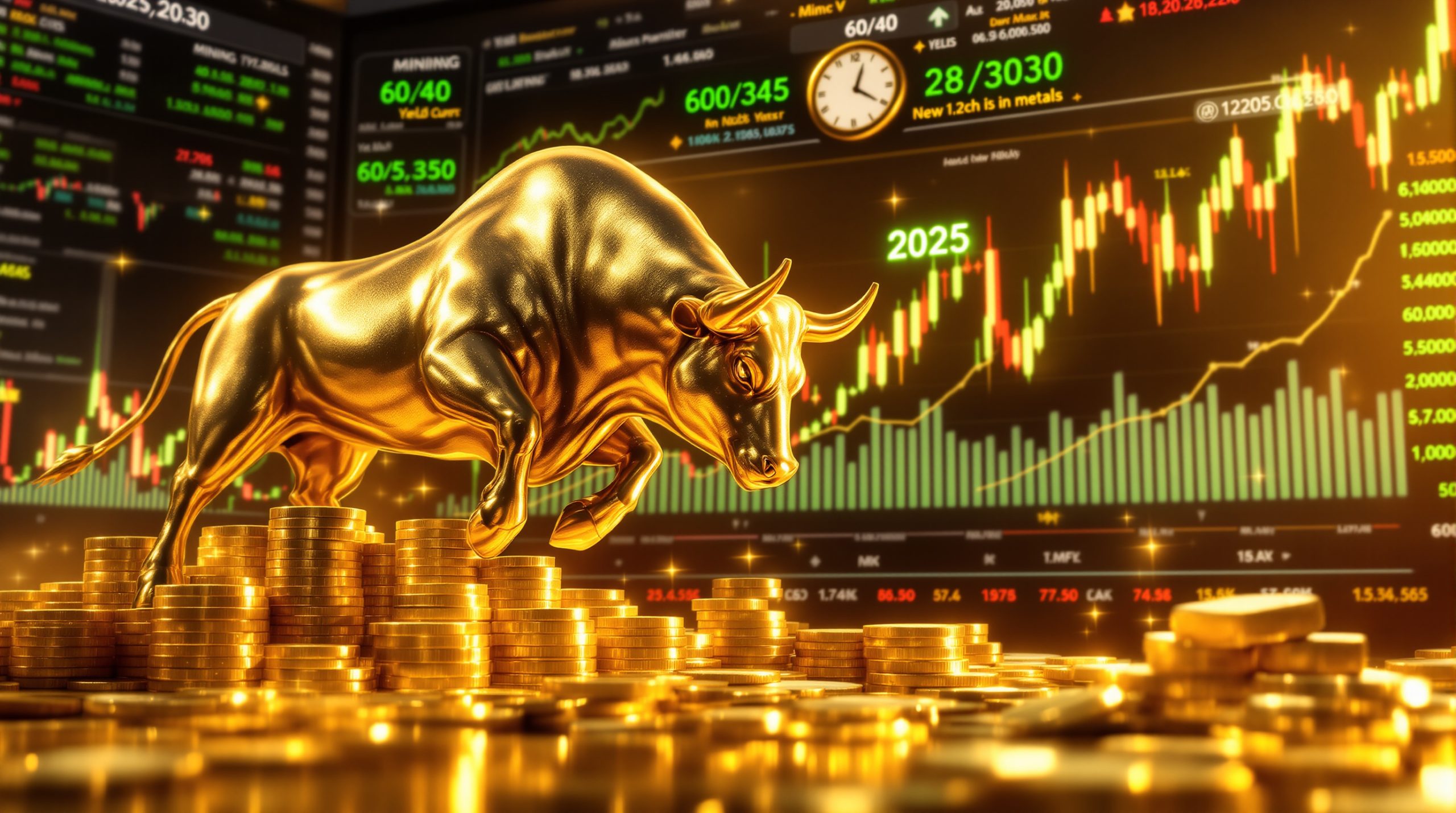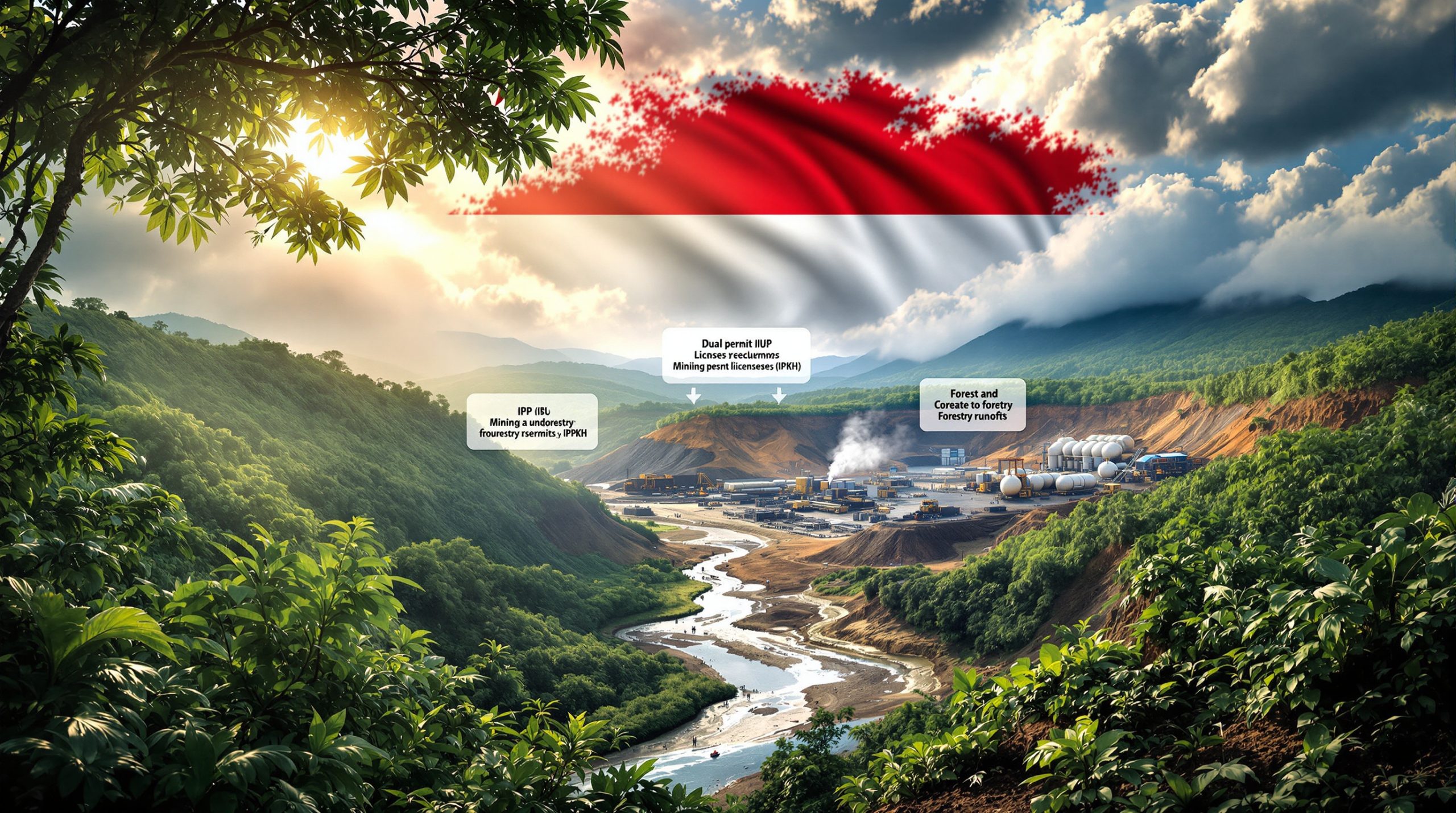China has established a commanding position in the Democratic Republic of Congo's cobalt industry through strategic investments and acquisitions over the past decade. This move is a critical element in the US-China rivalry over Congolese cobalt. Their efforts are part of a broader critical minerals race that challenges global competitors.
Two pivotal deals cemented China's control over major reserves. In 2016, China Molybdenum’s (now CMOC Group) purchase of the Tenke Fungurume Mine for $2.65 billion set the stage, followed by the acquisition of the Kisanfu mine for $550 million in 2020. These transactions quickly turned the tide in their favour.
These strategic acquisitions were not random. Chinese companies targeted mines known for exceptional mineral quality. The Tenke Fungurume operation boasts some of the highest copper grades globally, with average grades of 2.3% copper and 0.3% cobalt – well above the global average. Analysts argue that such quality yields more cost-effective extraction.
Chinese dominance was further bolstered by state-backed financing mechanisms. The $7 billion Sicomines resource-for-infrastructure deal is a testament to their unique approach. In this agreement, mining rights were exchanged for crucial infrastructure projects. This model contrasts sharply with typically more limited Western investments.
Mining analyst Eric Kaumba explained, "China's success in Congo stems from their willingness to bundle mining investments with infrastructure development." This comprehensive strategy addresses multiple national priorities simultaneously. Furthermore, Chinese efforts underscore the deep integration of resource extraction with local development.
DR Congo, rich in minerals, lies at the heart of the global clean energy transition. Its extraordinary mineral wealth is indispensable to industries reliant on lithium-ion batteries. The country accounts for roughly 70% of global cobalt production. In this context, mining is not merely extraction; it is mining's crucial role in the clean energy transition.
Beyond cobalt, DR Congo is also a major copper producer. The country annually produces over 1.8 million tonnes, representing about 10% of the global output. It also hosts other critical metals and rare earth minerals essential for renewable energy technologies. The Central African Copperbelt holds approximately 30% of global copper reserves and 70% of economically viable cobalt.
Recent geological surveys have uncovered even greater potential. In 2022, untapped mineral deposits were identified, including significant lithium in the eastern provinces. Mining geologist Pierre Mukendi noted, "We're only beginning to understand Congo's full mineral wealth." His insight confirms that such high-quality deposits are uniquely valuable for the global supply chain.
Chinese investments in DR Congo's mining sector are both extensive and multifaceted. The $7 billion Sicomines deal, led by Sinohydro and China Railway Engineering Corporation, demonstrates China's integrated approach that combines mining with infrastructure. This method directly supports their strategic objective in the US-China rivalry over Congolese cobalt.
Research by AidData reveals that China financed 19 loan commitments worth approximately $12.85 billion for cobalt-copper mines between 2000 and 2021. These loans come with low interest rates and long repayment periods, making them particularly attractive to the Congolese government. This financing framework has cemented China's position further in the region.
CMOC Group’s ascension as the world’s largest cobalt producer by output in 2023 is a remarkable milestone for Chinese investments. Their production from the Tenke Fungurume Mine alone exceeds 20,000 tonnes of cobalt annually. This figure represents around 15% of the global supply. Advanced hydrometallurgical techniques have helped them achieve recovery rates of over 95%, versus the industry average of 80-85%.
Chinese companies have diversified their investments beyond copper and cobalt. Their interests now extend to lithium, diamonds, gold, and 3T ores such as tin, tungsten, and tantalum. Currently, Chinese mining companies control over 70% of Congo's industrial mining capacity. This extensive reach spans all major mineral-rich provinces, reinforcing their dominance.
The United States is now implementing multiple strategies to counter this dominance. Recognising its strategic disadvantage, US efforts include forming new partnerships with DR Congo. In December 2022, the US signed a memorandum of understanding with DR Congo and Zambia to develop an electric vehicle value chain. This marked a shift from disengagement to active engagement.
A central pillar of the US counter-strategy is the Lobito Corridor railway project. The $900 million investment connects Angola with copper-and-cobalt-rich areas in Zambia and DR Congo. This project, part of the G7's Partnership for Global Infrastructure and Investment, is a rare instance of significant US-backed infrastructure in Africa. Recent discussions on this project can be found in reports on us mining strategy doubts.
Diplomatic pressure also plays a vital role. The US has successfully intervened to block certain Chinese acquisitions. In 2023, for example, diplomatic efforts reportedly stopped Norin Mining’s attempt to acquire Chemaf Resources. This preservation of opportunities underscores how Washington tries to rebalance the scales in favour of Western interests.
A key aspect of US strategy is utilising security concerns. Diplomatic cables have revealed discussions about providing military support in return for preferential access to critical minerals. This approach recognises that security and resource access in the region are deeply intertwined. Such innovative tactics are a response to the entrenched Chinese presence that has long thrived with less scrutiny.
Despite renewed efforts, significant challenges persist for the US. Structural and political obstacles make it difficult to compete with China’s entrenched operations in Congo. Christian-Geraud Neema observes that the US struggles to offer a credible alternative to deep-rooted Chinese investments. This is a central issue in the US-China rivalry over Congolese cobalt.
Several factors contribute to these challenges. First, Chinese companies have built deep operational networks in Congo over two decades. Analysts suggest that disentangling these networks might require investments exceeding $20 billion. US companies have been reluctant to commit such vast sums. This gap in investment fuel is a central hurdle they face.
Another obstacle is Congo's poor infrastructure. The country ranks 153rd out of 160 on the World Bank's Logistics Performance Index. With fewer than 3,000 kilometres of paved roads in a nation comparable to Western Europe, operations become challenging. While Chinese investments include infrastructure, US projects have traditionally focused narrowly on mining operations.
Resource nationalism and government corruption add complexity. Congo ranks 163rd out of 180 on Transparency International's Corruption Perceptions Index. This environment poses significant compliance challenges for US firms, which must adhere to strict guidelines such as the Foreign Corrupt Practices Act. These issues are well discussed in articles on governance challenges and strategic insights in mining.
The ongoing conflict in eastern DR Congo further complicates mining operations. In the turbulent period of 2023-2024, the militant group M23 captured key cities, including Bukavu and Goma. This disruption affected traditional supply routes, increasing uncertainty for mining companies. The instability significantly impacts operational planning and costs.
President Félix Tshisekedi has even proposed granting the United States direct access to strategic minerals in return for military intervention. This bold offer reveals the challenging balance between resource wealth and security needs. Reports on Chinese involvement in congo, such as an article from SCMP, shed further light on these dynamics.
Security costs in eastern Congo have risen markedly – about 30% since 2022. Companies now need private security contractors and secure compounds, adding extra layers of expense. Smaller Western companies, often with less risk tolerance than large state-backed Chinese firms, find these conditions especially challenging.
The future prospects for US-China competition in DR Congo remain uncertain. As global demand for battery materials continues to surge, the stakes will only get higher. The World Bank projects a 450% increase in cobalt demand by 2050. This forecast intensifies the competition for Congo's strategic resources amidst the ongoing US-China rivalry over Congolese cobalt.
The incoming US administration is reconsidering its approach towards DR Congo's mineral riches. Some analysts suggest that shifts in policy could have significant global implications. For instance, the administration’s view of DR Congo as a strategic battleground might lead to more aggressive measures that challenge China's decades-long head start. There are also discussions around Trump's evolving policy impact on commodity markets.
Industry experts also point to the risks involved in infrastructure projects linked to Chinese investments. The Lobito Corridor, for example, competes directly with Chinese-built rail lines. This project represents an American attempt to secure alternative export routes for Congolese minerals. Such projects could reshape regional transport networks and investment patterns.
Advances in technology might further disrupt the competitive landscape. Breakthroughs in battery chemistry, including cobalt-free alternatives, could theoretically reduce Congo's importance. Nonetheless, Professor Fadel Adem warns, "Alternative battery technologies remain commercially unproven at scale." For now, Congo's cobalt remains indispensable to global supply chains, keeping the US-China rivalry over Congolese cobalt intensely relevant.
Below are key points summarising the current scenario:
- Chinese companies have established deep operational and financial roots in DR Congo.
- US initiatives are increasingly multifaceted, combining infrastructure, diplomatic and security strategies.
- Congo’s unique mineral resources remain the lynchpin for the global clean energy transition.
- Significant challenges persist for US firms, particularly due to poor local infrastructure and regulatory hurdles.
Why is cobalt so important for global technology?
Cobalt is a crucial component in lithium-ion batteries. It contributes 10–30% of the cathode material, ensuring stability during charging cycles and preventing overheating. Its unique properties allow for high energy density, making it indispensable for consumer electronics and electric vehicles.
Could the US force chinese companies out of dr congo?
Analysts suggest that the entrenched relationships established by Chinese investors over decades make it extremely challenging. With Chinese companies now controlling more than 70% of Congo's industrial mining capacity, dislodging them through regulation alone is nearly impossible.
How might trump's policies affect us-china rivalry over congolese cobalt?
A more transactional approach may lead to aggressive market interventions and targeted diplomatic efforts. Changes in anti-corruption enforcement and shifts in foreign aid policies could further shape the competitive landscape between the US and China in the mineral sector.
What role does the lobito corridor play in this competition?
The project is a tangible effort to create alternative infrastructure routes. It aims to connect strategic mining regions in DR Congo and Zambia to export hubs in Angola, reducing reliance on chinese-controlled routes.
The evolving dynamics of the US-China rivalry over Congolese cobalt will undoubtedly impact global supply chains. As both nations intensify their pursuit of critical resources, the balance between economic interests, security concerns, and sustainable development remains delicate. With demand for these minerals projected to soar, this competition is set to shape geopolitical strategies well into the future.
Want to Stay Ahead of the Next Major Mineral Discovery?
Discovery Alert's proprietary Discovery IQ model instantly notifies investors about significant ASX mineral discoveries, turning complex data from critical minerals like cobalt into actionable insights for your portfolio. Explore why major mineral discoveries can lead to exceptional investment returns by visiting Discovery Alert's dedicated discoveries page and position yourself ahead of the market.




